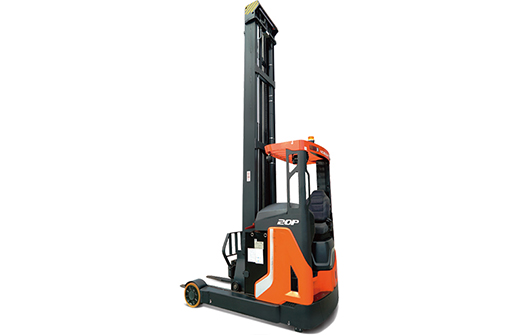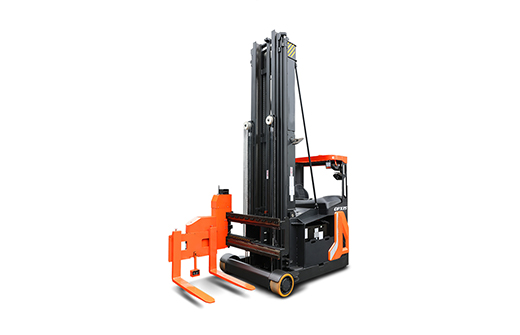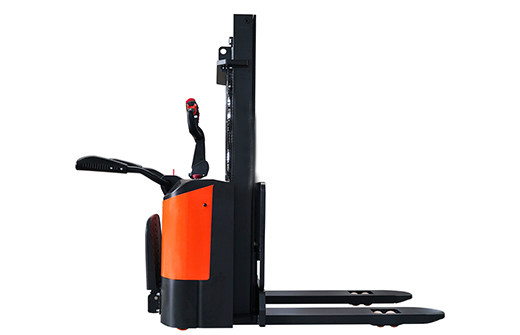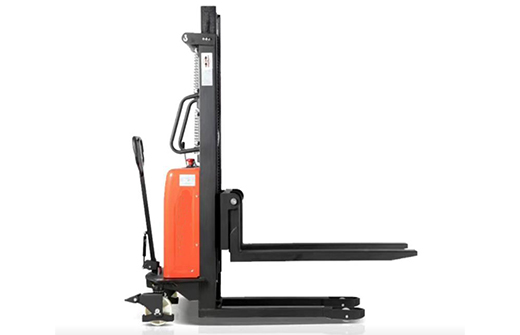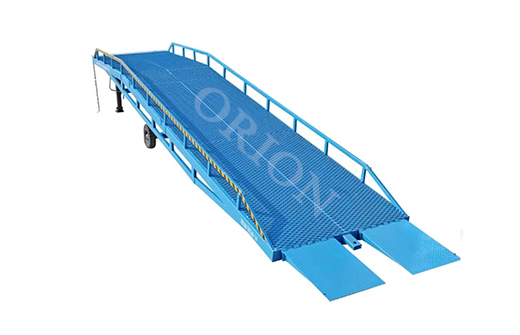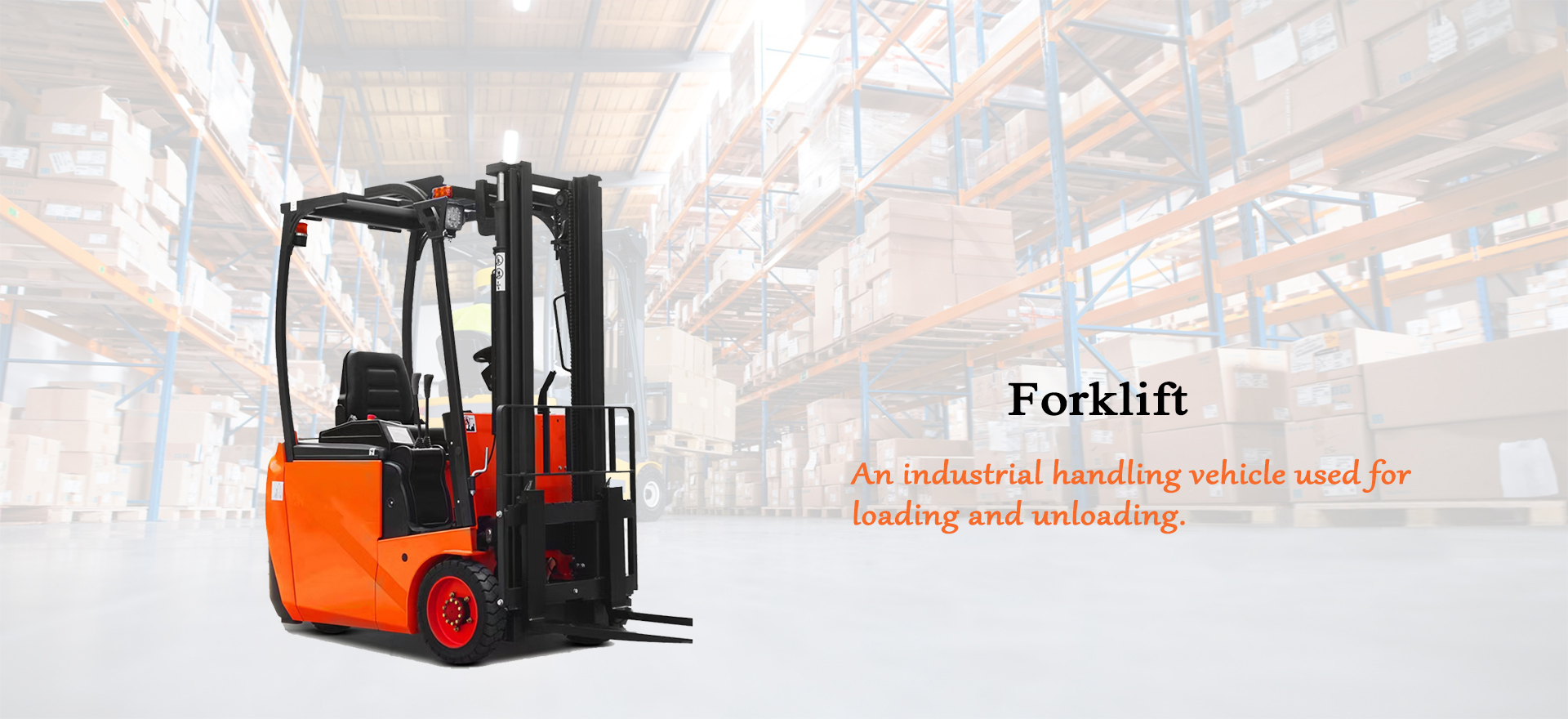
PRODUCT
ForkliftA forklift is an industrial handling vehicle used for loading and unloading, stacking and short-distance transportation of goods. The hydraulic system drives the working device to realize the lifting and tilting of the fork, so as to fork and place the goods. Widely used in warehouses, logistics centers, factories, ports, stations and other places.
The use of forklift greatly improves the efficiency and safety of cargo handling, and is an indispensable and important equipment in modern logistics and industrial production.
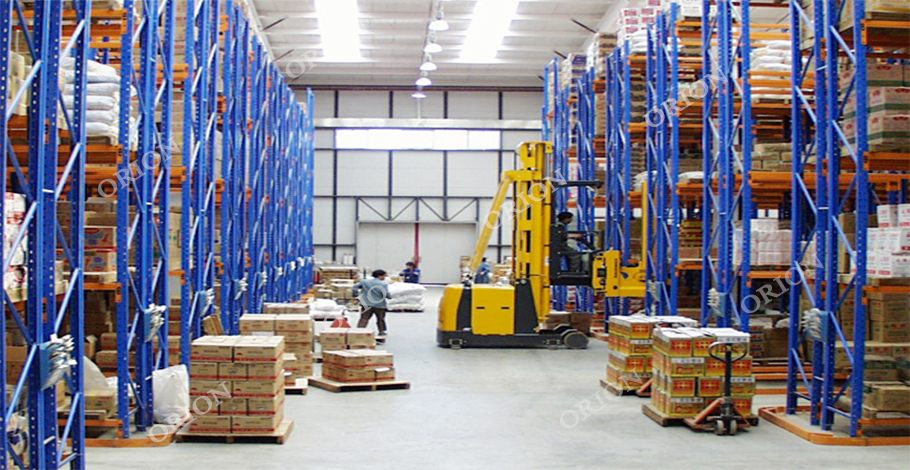
PERFORMANCE
| Rated weight | The key indicator to measure the lifting capacity of forklift trucks, the common rated weight is 1-10T. |
| Load center distance | Refers to the horizontal distance between the center of gravity of the cargo and the front surface of the vertical section of the cargo fork. It is usually 500/600mm. |
| Maximum lifting height | Refers to the vertical distance between the upper plane of the fork and the ground when the fork is raised to the highest position. |
| Travel speed | Includes no load and full load travel speed. Different types of forklifts travel at speeds ranging from 10-30km/h. |
| Climbing capacity | Refers to the maximum slope that a forklift can climb in a full or no-load state, usually about 10%-30%. |
| Fork lifting speed | Including lifting speed and falling speed. The lifting speed of the fork is about 100-300mm/s. |
| Turning radius | Determines the main parameters of forklift maneuvering performance, the smaller the radius, the smaller the ground area required for forklift turning, the better the maneuverability, and the more suitable for operation in a narrow space. |

SORT
According to the structural characteristics can be divided into:
HOW TO CHOOSE THE FORKLIFT
Select the rated lifting weight of the forklift according to the maximum weight of the goods. In general, the rated lifting weight of the forklift should be greater than the maximum weight of the cargo to ensure safe operation.
The size and shape of the cargo determine the size and type of forklift fork. For large or irregularly shaped goods, special fittings or wider, longer forks may be required.
Indoor operations usually choose electric forklifts, because of its low noise, no pollution, suitable for use in warehouses, supermarkets and other places with high environmental requirements. For outdoor work, can choose internal combustion forklift or electric forklift according to the specific situation.
Narrow channels require a narrow channel forklift or a forward forklift. In places with spacious channels, conventional types such as counterweight forklifts can be selected.
If the operating ground is uneven or slope, it is necessary to choose a forklift with better off-road performance and stability. For indoor warehouses with flat floors, small forklifts such as electric pallet trucks can meet the needs.
For places that require frequent loading and unloading of goods, forklifts with faster lifting speed and traveling speed can improve operational efficiency.
Easy to operate and comfortable forklift can reduce driver fatigue and improve work efficiency.
Internal combustion forklifts use gasoline, diesel or liquefied petroleum gas as fuel, and fuel costs are relatively high; Electric forklifts use electric energy, and the charging cost is low, but the construction and maintenance cost of charging facilities need to be considered.











